By Juanita Ramírez-Robertson, Ph.D. Literacy Specialist, Guest Blogger
As educators, we value oral language. Developing any student's language is gratifying, but incorporating a second language, whether it is English or Spanish, multiplies the complexities and rewards. If you are looking for ways to support your learners in developing their oral language in English and Spanish, continue reading.
All learners come to school with some level of oral language to communicate. While their social language may not meet our academic learning expectations, this is a good starting point to continue to grow. Take notes of the language students use to communicate to help you plan for the books you want to share to lift their social and academic language.

Kids love to talk. Build a classroom community where students feel comfortable to share with other learners as well as the teacher. Listen to their conversations to get to know their interests, dislikes, hobbies, experiences, etc. One great book that can begin this conversation is ¡Los buenos amigos! This book is available in big book format to open a conversation with a large group of students. The teacher can open discussion by prompting the students with the question, "¿Qué son cosas que hacen juntos los amigos? " Children can first talk about what friends do together. In dual-language classrooms, the students can explore what friends do together in both languages to share their understandings. The teacher can then display some of the book's pictures to plant language, like on pages 2, 4 and 7, to present new vocabulary (construyen, trepan, o salpican). Once the teacher reads the book to the students, the book remains available for them to practice reading in small groups, partners, or independently.
2. Provide Books of Interest

Select texts on their reading level, and on topics they like. Display reading material in different formats, different languages, student-created books, and leisure material. All students have experiences that are memorable. Mi diente flojo is a book that might interest readers to share about their experiences as they too have lost their baby teeth.
3. Introduce New Vocabulary

Through talking opportunities, you can listen for words learners use. During this time, engage in conversation and plant the language they can anticipate to encounter while reading. Academic knowledge can be presented through high-interest books, such as Las cuatro estaciones. While this is an easy pattern book, the seasonal names can offer a small challenge. Before reading the book, the teacher can front-load the names of the seasons (invierno, primavera, verano y otoño) and draw attention to monitoring with the initial letters for the names of the season. At this point, the teacher can also call attention to the repeated pattern in the book.
4. Model and Recast

Model, model, model! When students don't know what reading should sound like, share in the task of reading. Model tricky phrases, and practice it together to rehearse what it should sound like. Accept their approximations as they are gaining control and incorporating fluency and phrasing. Es un reptíl is a great book that can help any teacher model phrasing, and then provide opportunities for the students to practice in small groups, in pairs, or independently. While there are several reptiles that look similar (lagartija, iguana y cocodrilo) on pages 3, 6, and 7, a small conversation about the different kinds of reptiles can help students as they practice reading fluently. This book also has a repeated phrase on every page. Showing students how to read the repeated phrase, "Es un reptíl , " will help them feel more like a reader so they are not struggling to sound phrased on each page.
5. Opportunities to Practice
Encourage daily practice in your class. Students know when their efforts are valued, and when they are expected to take on new learning. Once you have shared a particular book with your class, remember to locate it in a public place for students to practice freely throughout the day. If possible, make the same titles available to students for independent practice for extended periods. Colección Caleidoscopio provides a great selection of Big Books with small book options, as well as Guided Reading Sets, and Dual Language Sets for your specific needs.
Developing language in any learner can be a natural and enjoyable process. Remember to center conversations around topics that interest the students and provide inviting opportunities to talk. Gently model new words or phrases with time to practice. Finally, accept any and all approximations, as this allows students to know that their attempts are welcome and valued.
~~~

Dr. Juanita Ramírez-Robertson has been a Reading Recovery/Descubriendo la Lectura teacher for the past fifteen years. She has been in education since 2001 with experience in the bilingual kindergarten classroom and a literacy specialist in all areas of reading and writing with young learners (K–5). Oral language development, composing stories and developing writers in their craft is a passion and hobby of hers. If you like what you read here, be sure to check back for more of her guest blog posts in the future.
~~~



![5 Tips for English and Spanish Oral Language Development [K–2]](http://www.hameraypublishing.com/cdn/shop/articles/Male_Teacher_Kids_1024x1024.jpg?v=1597174130)








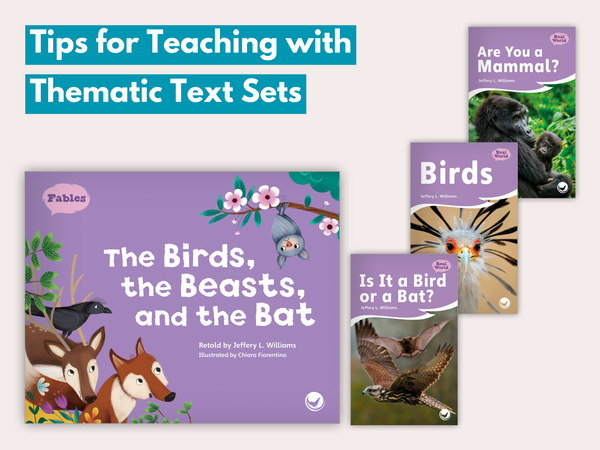
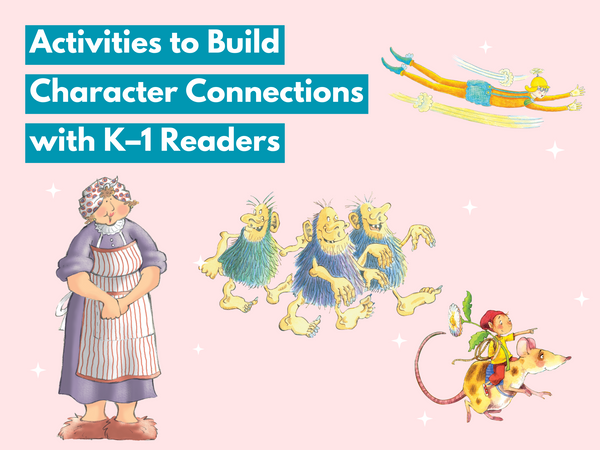
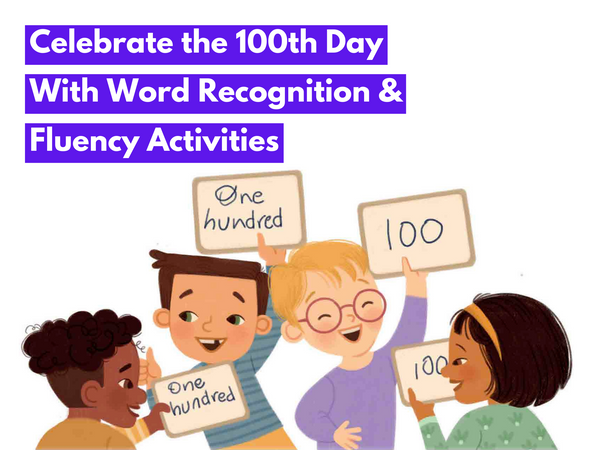
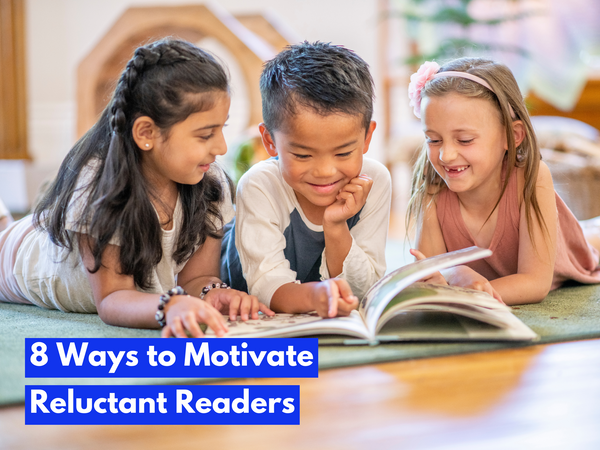
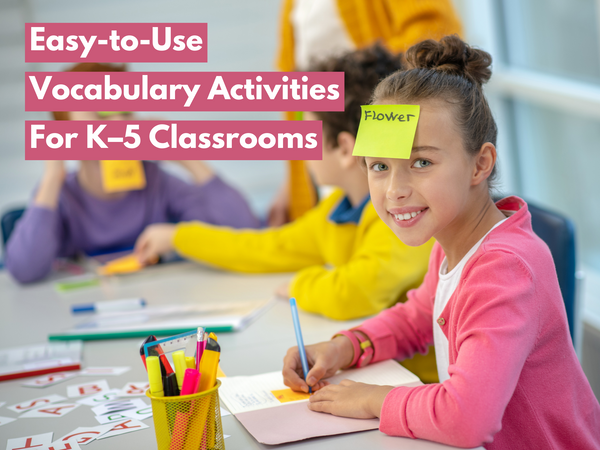
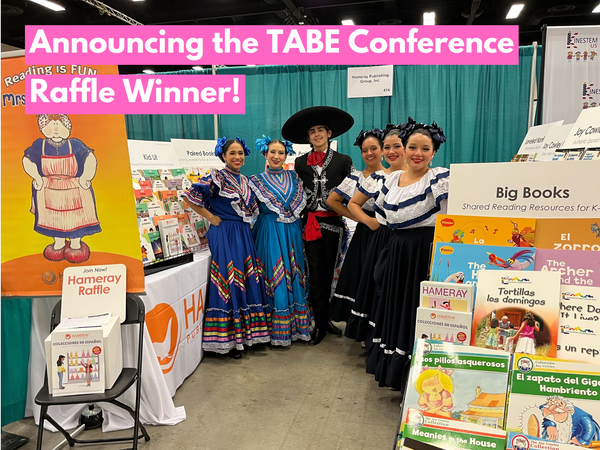
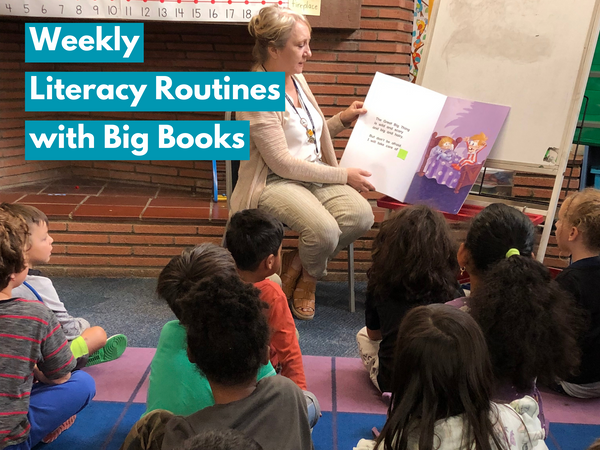
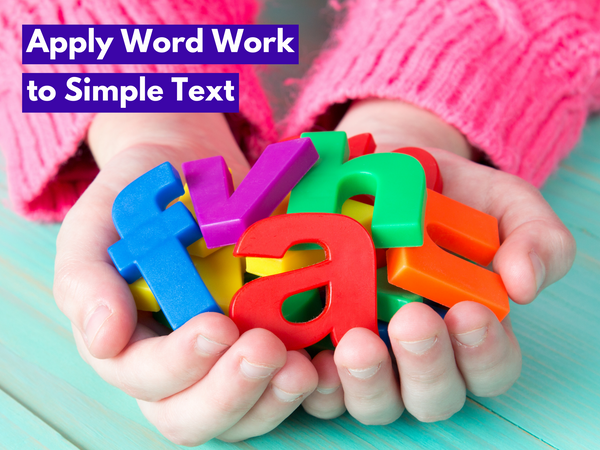
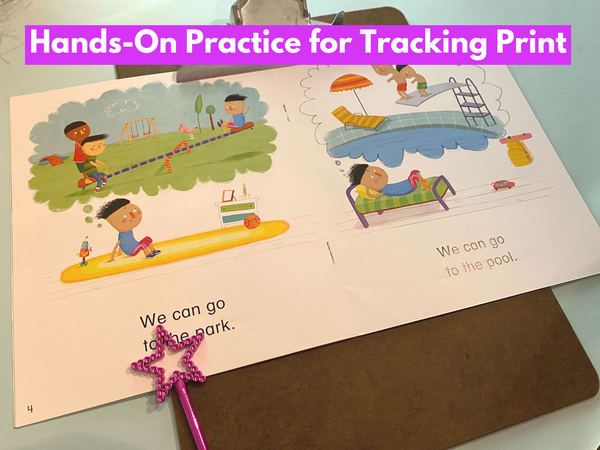
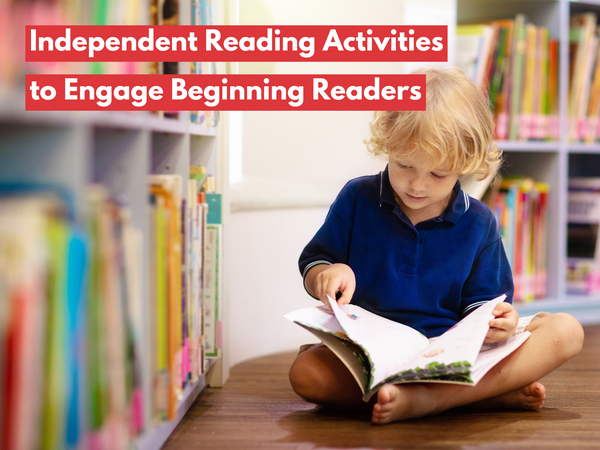
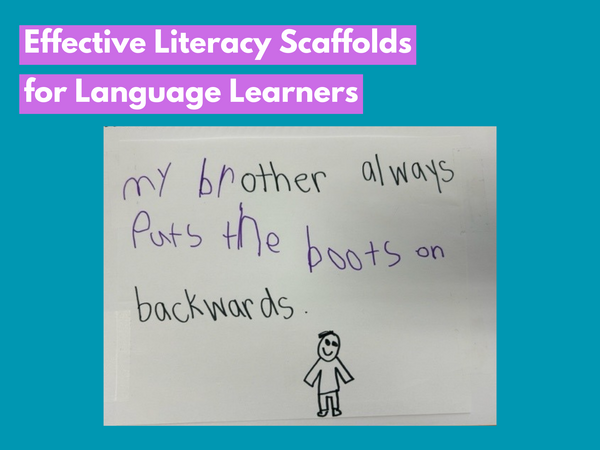
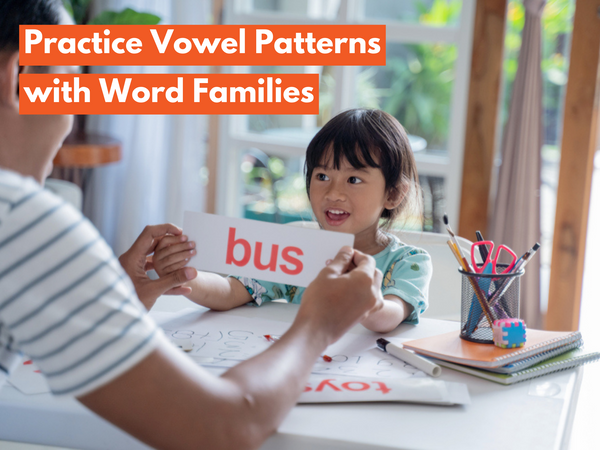

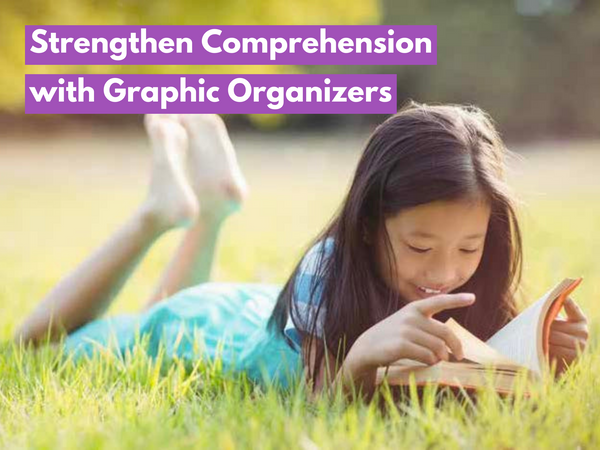
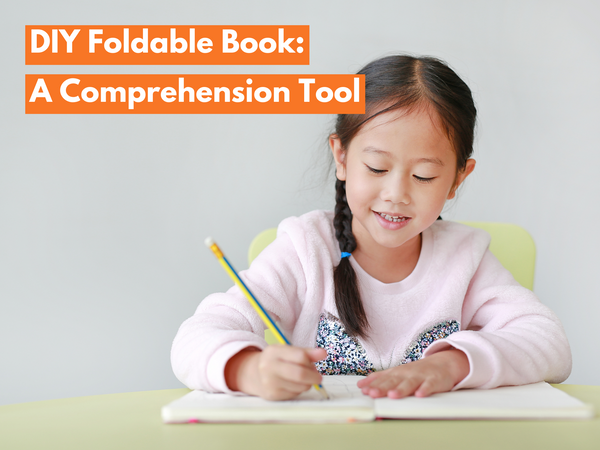

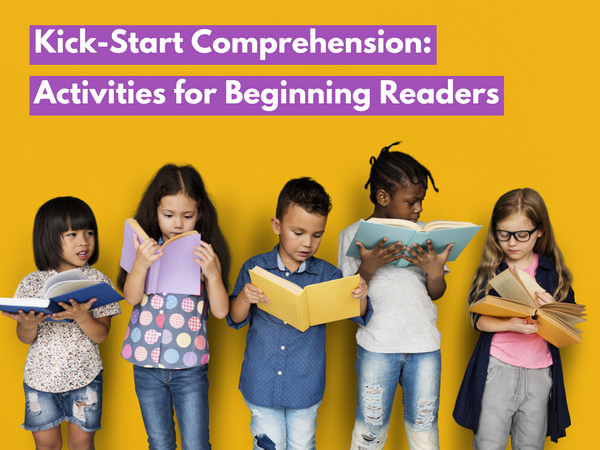
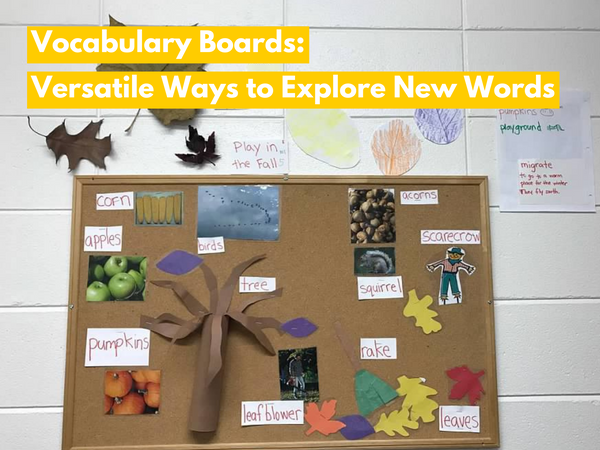
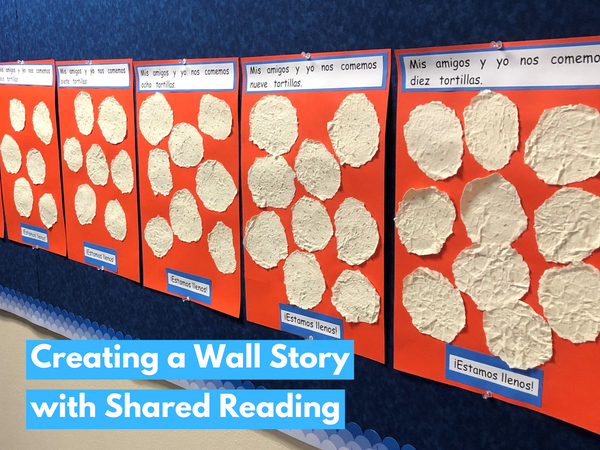
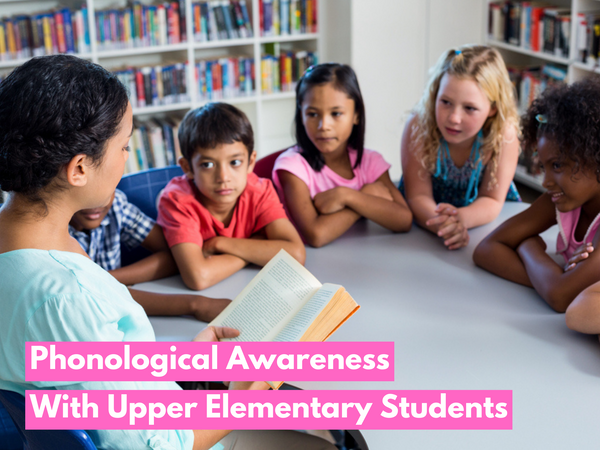

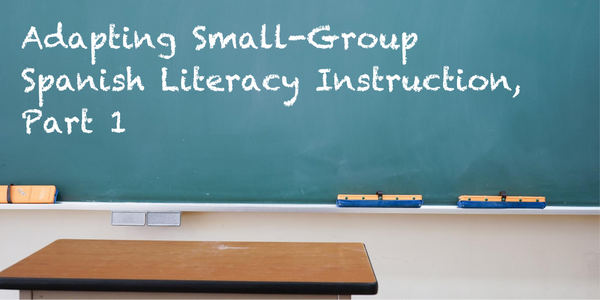
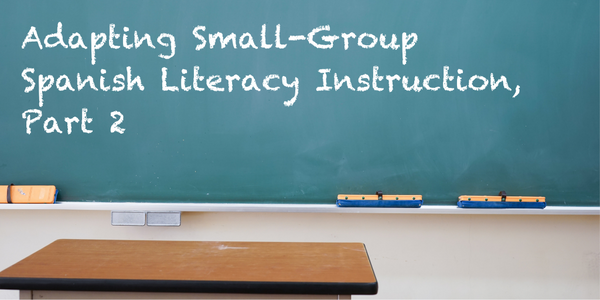
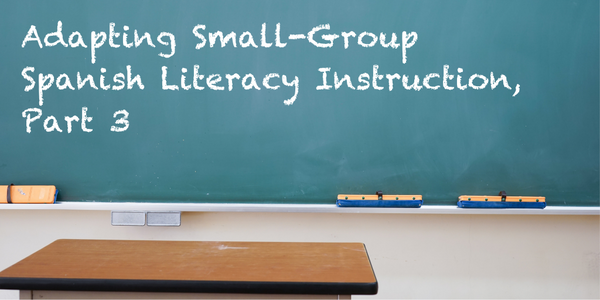
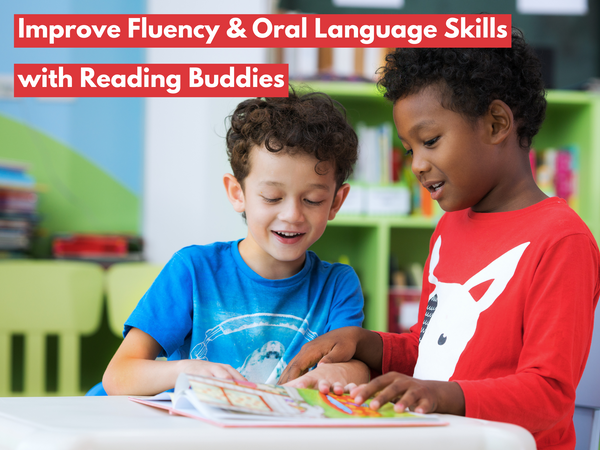
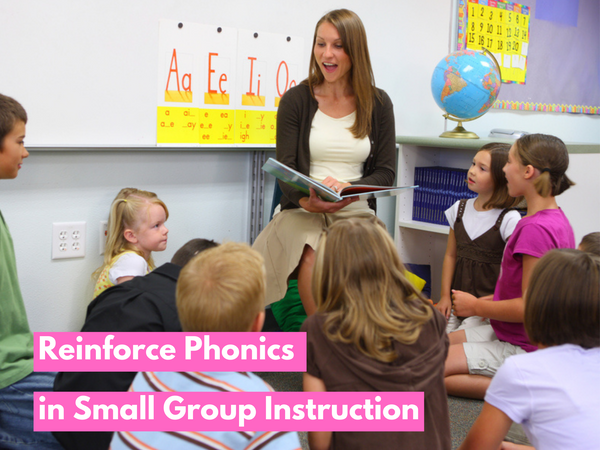
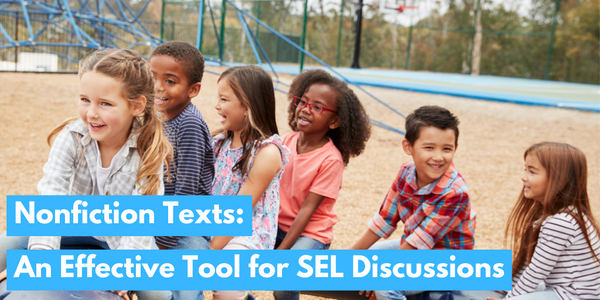
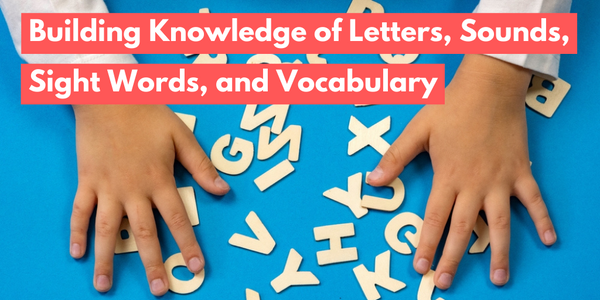

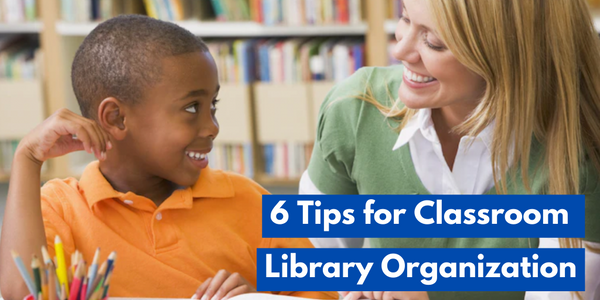
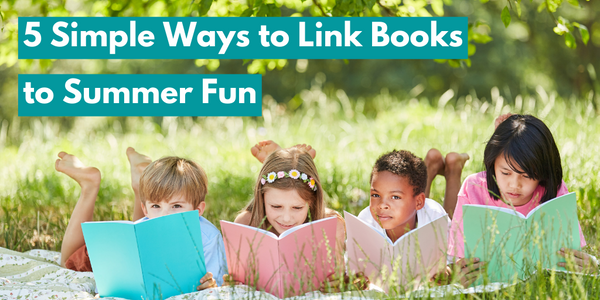
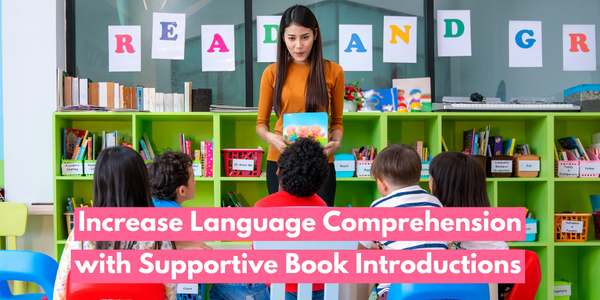




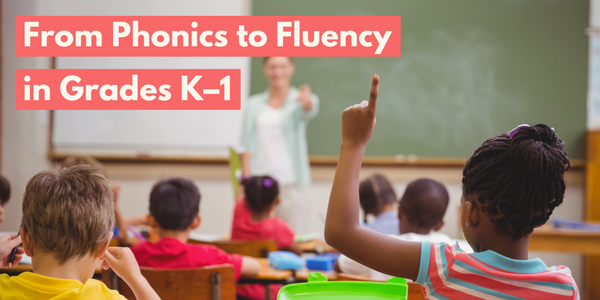

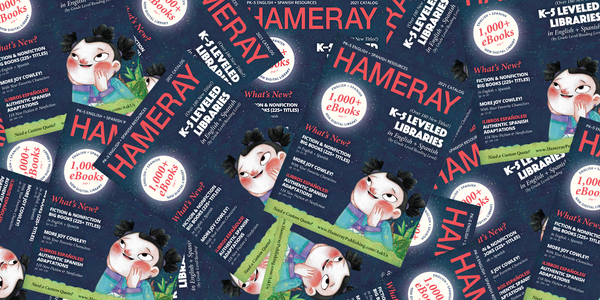
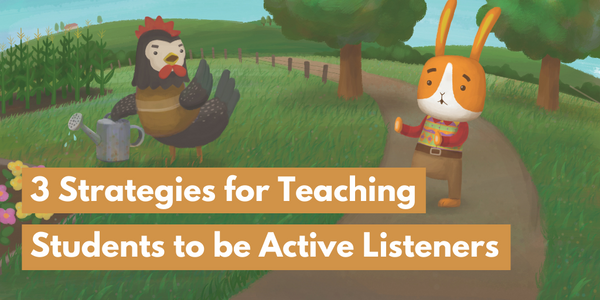

![6 Fun and Easy Activities to Practice Sequencing [Grades K-1]](http://www.hameraypublishing.com/cdn/shop/articles/Red_Typographic_Announcement_Twitter_Post-5_bf1ae163-a998-4503-aa03-555b038d1b76_600x.png?v=1689961568)